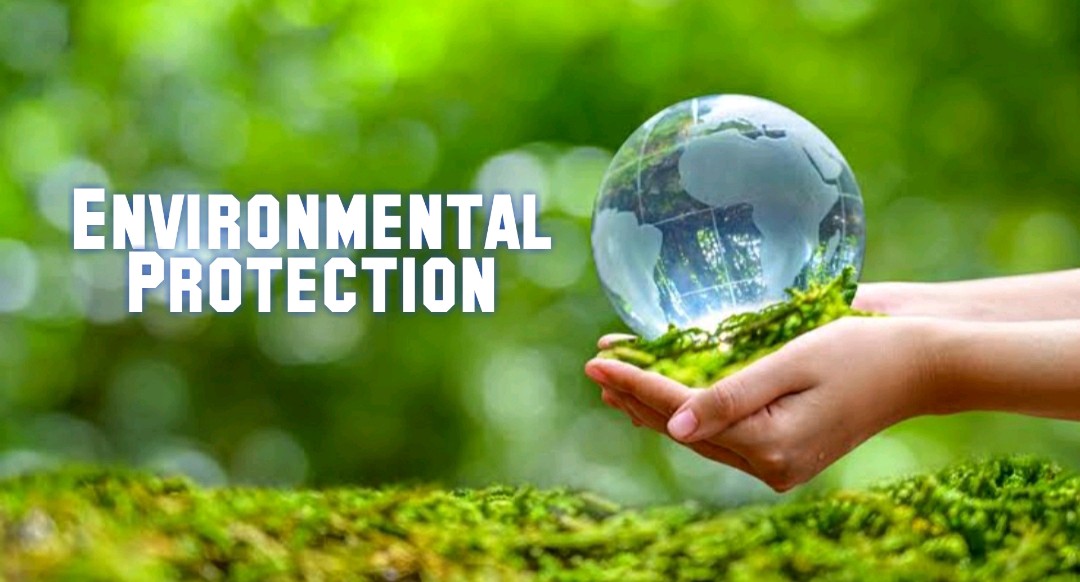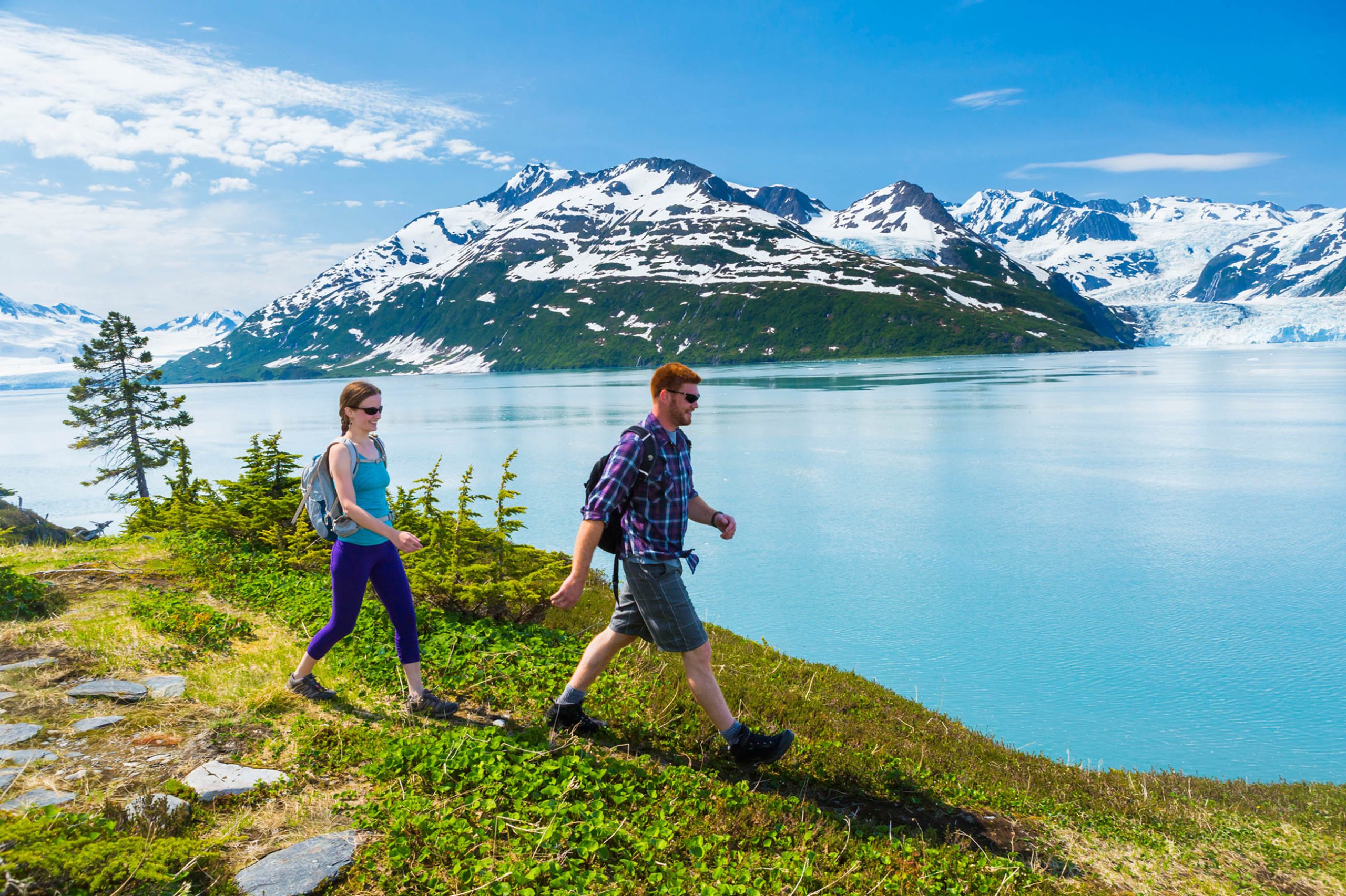Environmental Protection: Safeguarding Our Planet for Future Generations

In today’s rapidly changing world, the importance of environmental protection cannot be overstated. With climate change, pollution, and habitat destruction posing significant threats to our planet’s health and well-being, it’s essential to prioritize efforts to safeguard our natural environment for future generations.
Understanding Environmental Protection
Definition and Scope
Environmental protection encompasses a wide range of activities aimed at preserving and restoring the natural world. It involves measures to prevent pollution, conserve resources, and mitigate the impacts of human activities on ecosystems.
Goals and Objectives
The primary goals of environmental protection are to maintain ecological balance, protect biodiversity, and ensure the sustainability of natural resources for present and future generations. This requires a holistic approach that addresses both local and global environmental challenges.
Key Areas of Environmental Concern
Environmental protection efforts focus on addressing key areas of concern, including:
Air Quality
Air pollution from industrial emissions, vehicle exhaust, and other sources poses significant health risks and contributes to climate change. Measures to improve air quality include reducing emissions, promoting clean energy alternatives, and implementing stricter regulations on polluting industries.
Water Pollution
Water pollution, caused by untreated sewage, agricultural runoff, and industrial waste, threatens aquatic ecosystems and human health. Strategies for water protection include wastewater treatment, watershed management, and pollution prevention measures.
Deforestation
Deforestation, driven by agriculture, logging, and urban expansion, leads to habitat loss, soil erosion, and climate change. Conservation efforts such as reforestation, sustainable logging practices, and protected area management are essential for preserving forests and biodiversity.
Climate Change
Climate change, fueled by greenhouse gas emissions from human activities, is altering weather patterns, melting ice caps, and threatening vulnerable ecosystems. Mitigation and adaptation strategies, including renewable energy adoption, carbon sequestration, and climate-resilient infrastructure, are crucial for combating climate change.
Causes of Environmental Degradation
Human Activities
Human activities such as industrialization, deforestation, and agriculture are major contributors to environmental degradation. Rapid population growth and unsustainable consumption patterns exacerbate these pressures on the environment.
Industrialization and Urbanization
Industrialization and urbanization drive economic development but also lead to pollution, habitat destruction, and resource depletion. Balancing economic growth with environmental protection requires sustainable development practices and green technologies.
Deforestation and Habitat Destruction
Deforestation for agriculture, logging, and urban expansion destroys vital habitats and disrupts ecosystems. Conservation efforts to protect forests and wildlife are essential for maintaining biodiversity and ecosystem services.
Impact of Environmental Degradation
Ecological Consequences
Environmental degradation has profound ecological consequences, including loss of biodiversity, habitat destruction, and ecosystem collapse. These impacts threaten the stability and resilience of natural systems, with far-reaching implications for ecosystem health and function.
Human Health Effects
Pollution and environmental degradation pose serious risks to human health, leading to respiratory illnesses, waterborne diseases, and exposure to toxic chemicals. Vulnerable populations, such as children, the elderly, and low-income communities, are disproportionately affected by environmental hazards.
Economic Implications
Environmental degradation imposes significant economic costs, including healthcare expenses, loss of ecosystem services, and damage to infrastructure. Investing in environmental protection and sustainable development can yield long-term economic benefits by preserving natural capital and reducing future risks.
Strategies for Environmental Protection
Legislation and Regulations
Strong environmental laws and regulations are essential for enforcing environmental standards, preventing pollution, and holding polluters accountable. Governments play a crucial role in establishing and enforcing regulatory frameworks to protect the environment.
Sustainable Development Practices
Sustainable development practices promote economic growth while minimizing environmental impacts. This includes adopting renewable energy, promoting energy efficiency, and implementing eco-friendly technologies in industries such as agriculture, transportation, and construction.
Conservation Efforts
Conservation efforts, such as protected area management, habitat restoration, and species conservation programs, are critical for preserving biodiversity and ecosystems. Collaborative initiatives involving governments, NGOs, and local communities are essential for effective conservation action.
Challenges in Environmental Protection
Lack of Political Will
Political will is often lacking in addressing environmental issues, as short-term economic interests may conflict with long-term environmental goals. Overcoming political inertia and fostering political consensus are key challenges in advancing environmental protection agendas.
Limited Resources
Limited financial resources and competing priorities pose challenges for implementing environmental protection measures, particularly in developing countries. Mobilizing funding from public and private sources and promoting international cooperation are essential for addressing resource constraints.
Global Cooperation
Environmental challenges such as climate change require global cooperation and collective action to achieve meaningful solutions. Bridging differences between nations, promoting technology transfer, and addressing equity and justice concerns is essential for effective international collaboration.
The Role of Individuals in Environmental Protection
Sustainable Lifestyle Choices
Individuals can contribute to environmental protection through sustainable lifestyle choices such as reducing energy consumption, minimizing waste, and supporting environmentally friendly products and businesses. Small changes in daily habits can make a significant difference in reducing environmental impacts.
Advocacy and Activism
Citizens can also advocate for environmental protection through activism, community organizing, and engagement with policymakers. By raising awareness, mobilizing public support, and holding decision-makers accountable, individuals can drive positive change on environmental issues.
Conclusion
Environmental protection is a shared responsibility that requires collective action at all levels of society, from individuals and communities to governments and international organizations. By prioritizing sustainability, conserving natural resources, and promoting eco-friendly practices, we can build a more resilient and equitable future for generations to come.



Leave a Comment